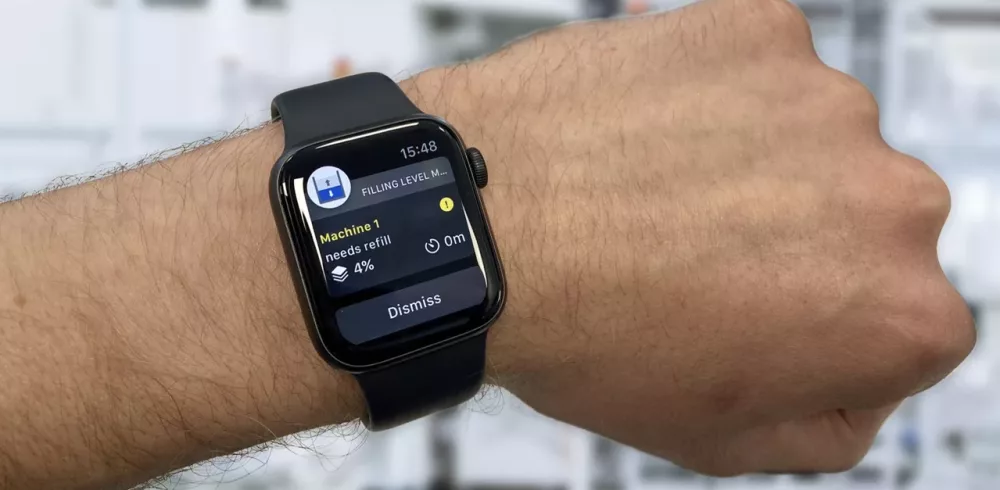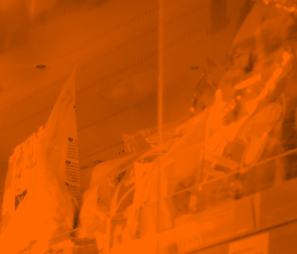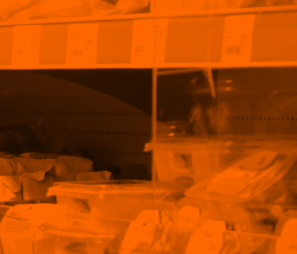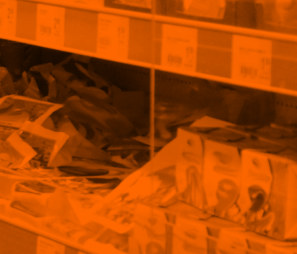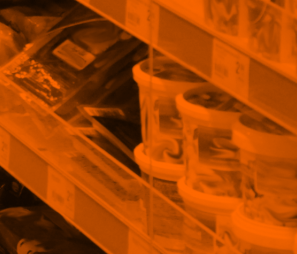A digital service that gives instant visibility to filling levels in packaging machinery has been developed by SICK in collaboration with industry end-users. SICK Filling Level Monitoring avoids machine stoppages by giving real-time data to operators via smartwatch or phone, so that levels of carton blanks, adhesive or film wraps, for example, stay topped up.
Instead of having to check each magazine or film roll level in person, machine operators monitor fill levels on their watch or phone and are alerted by SICK’s Filling Level Monitoring system before levels become critical. Machine downtime is avoided and staff walking routes can be planned efficiently to ensure optimum production uptime.
Industry Collaboration
The SICK Filling Level Monitoring digital service can be used with any SICK smart level sensors. Its first applications have been developed with packaging manufacturers and machine builders using SICK DT-50 laser distance sensors to output level measurements from carton magazines and film rolls. The measurements are routed to a SICK SIM1012 edge gateway, which aggregates and forwards encrypted data via SICK’s LiveConnect digital interface, so that it can be easily accessed, managed, and processed online.
The SICK Filling Level Monitoring cloud-based dashboard provides easy-to-interpret graphical information about the real-time status of machines from any internet-enabled device. Automatic push notifications on the fill levels can be set up for smart devices to alert with an acoustic signal and vibration. Meanwhile, production managers can monitor the fill levels of all machines across a packaging line, shift or entire production facility. Analysis of historic trends can be used to optimise production processes.
Unexpected Benefits
Neil Sandhu, SICK’s UK Product Manager for imaging, measurement and ranging, said: “SICK worked closely with leading packaging end-users and machine builders in Europe to develop a cost-effective and easy-to-implement system.
“By using the smart watch alerts, our customers found that fewer operators were needed to keep cartooning machines replenished, so staff could be deployed more efficiently to other duties. What’s more, the system brought unexpected benefits to overall production control. For example, the loads on packaging machinery lines could be monitored to identify over- or under- capacity.”
While initially developed for cardboard and film packaging materials, Filling Level Monitoring can also be adapted for liquids including adhesives, or granular raw materials. It is also possible to add customised services and analyses tailored to particular machinery or processes.
Up to six SICK sensors can be monitored by each SICK SIM1012 gateway, and more sensors, including third-party devices, may be added by connecting over OPC-UA. Sensors are also continuously monitored by the system in case one should go offline or need a replacement.
The solution can be extended to meet the needs of customers on request, e.g. to customise and display additional data on the dashboard. Integration to third party ERP and MES software systems is also possible.
Digitilisation
Neil Sandhu concludes: “Cloud-based services such as Filling Level Monitoring illustrate how making reliable sensor data transparent enables digitalised machine operation as part of Industry 4.0. By combining smart sensors with intelligent software, critical processes can be visualised in real time and adapted for the needs of users.
“Early adopters are noticing new and unexpected production trends when they view and interpret their historical production data in easy-to-read graphical displays. As a result, they have been able to optimise production processes and deploy staff to achieve efficiencies never even expected.”
Manufacturing & Engineering Magazine | The Home of Manufacturing Industry News




